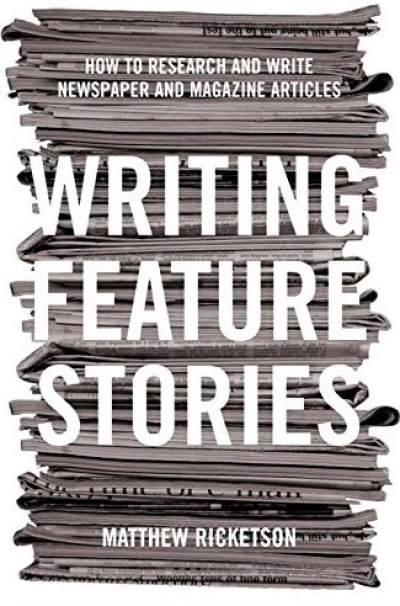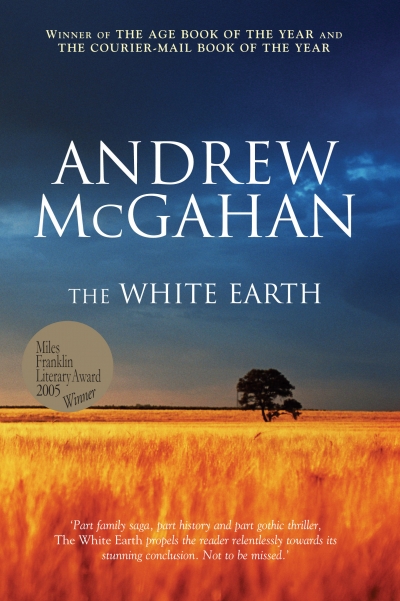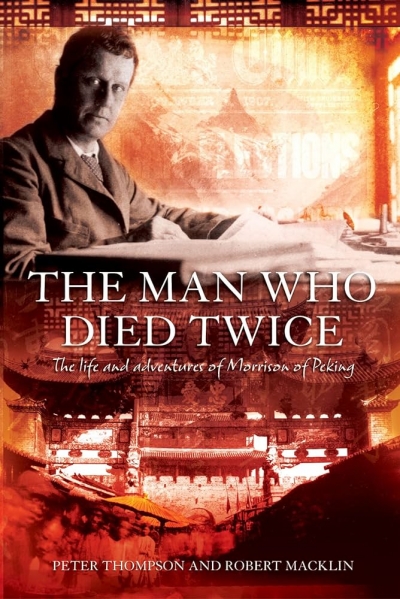Allen & Unwin
Writing Feature Stories: How to research and write newspaper and magazine articles by Matthew Ricketson
by Joel Becker •
Sybil’s Cave by Catherine Padmore & The Submerged Cathedral by Charlotte Wood
by Anna Goldsworthy •
The Man Who Died Twice: The life and adventures of Morrison of Peking by Peter Thompson and Robert Macklin
by Gideon Haigh •
The Winter Door by Isobelle Carmody & Shædow Master by Justin D'Ath
Blindside by J.R. Carroll & Degrees of Connection by Jon Clearly
by Rick Thompson •










